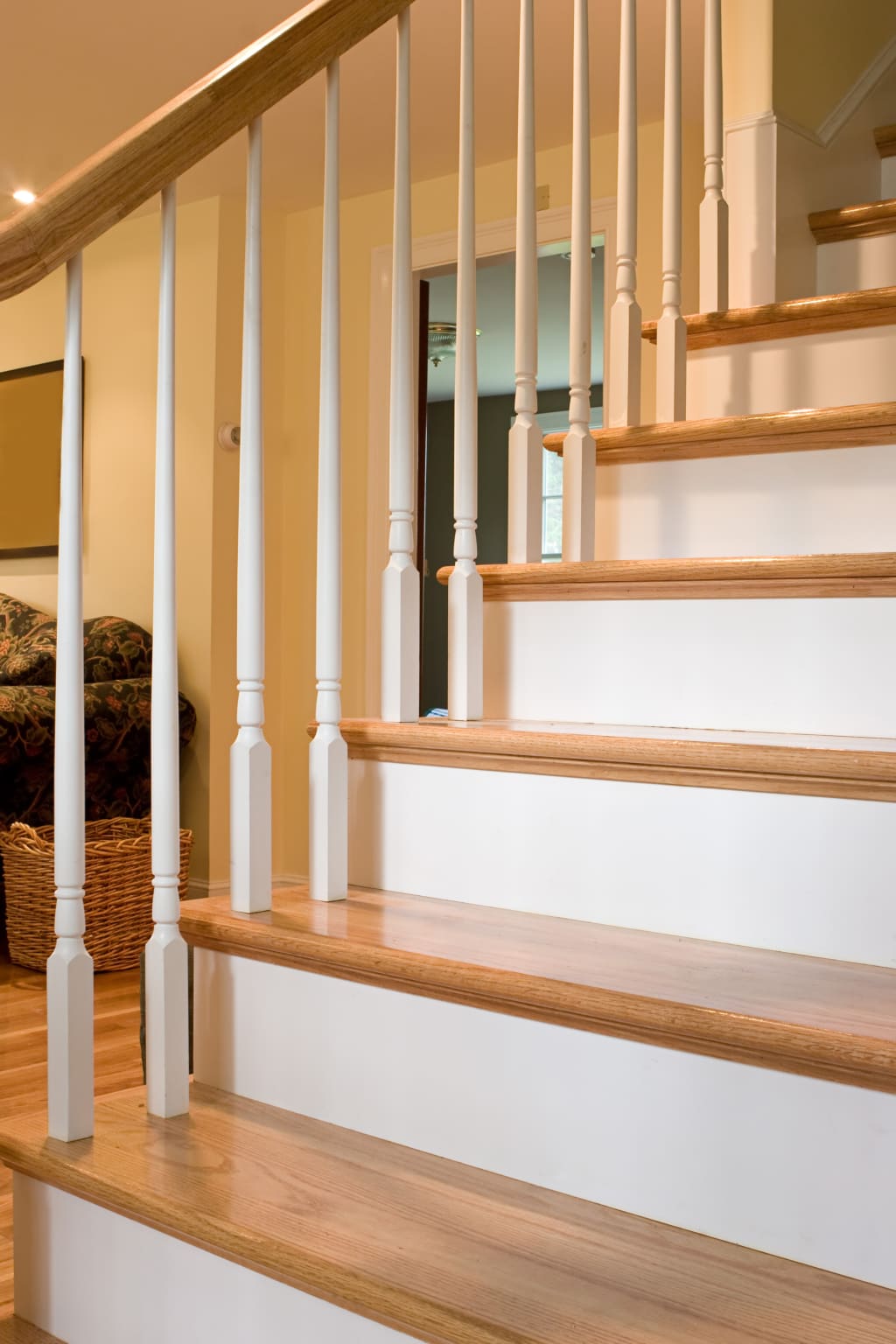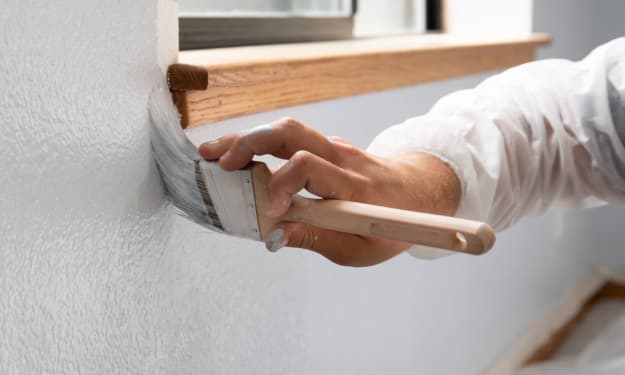The Future of Home Building: When Will Homes Stop Being Made of Wood?
Why are we still building homes like Cave People?

The Future of Home Building: When Will Homes Stop Being Made of Wood?
Wood has been the go-to building material for homes for centuries, but with the technological advancements in construction materials and growing environmental concerns, it begs the question: when will homes stop being made of wood? In this blog post, we will explore the possibilities and future of home building, and whether wood or other materials will dominate the market.
Wood has always been a popular choice of material for homes due to its easy availability, affordability, and natural properties. However, wood is not without its drawbacks. Wood is highly flammable and susceptible to rot, insects and mold, which can all lead to costly repairs or even endanger safety. Additionally, wood is not environmentally friendly, as logging has far-reaching effects on wildlife, soil, and air quality. Therefore, alternative building materials are being developed to address these drawbacks. For example, cross-laminated timber (CLT) is a relatively new material that provides the same strength and durability as concrete and steel while offering the benefits of wood, such as insulation, ease of use, and affordability. CLT is also environmentally friendly as it is made from fast-growing trees and can store carbon for decades, reducing greenhouse gas emissions. Although not yet widely used, CLT is gaining popularity as architects and builders see its potential.
Another building material that is gaining popularity is steel. Steel is highly durable, fire-resistant, termite-resistant, and can withstand extreme weather conditions. It also has a low carbon footprint as it can be recycled and reused. Steel framing systems have been used for commercial buildings for years, but its use for homes has been limited. As technology advances, however, steel framing systems can now be designed to fit any architectural design and can be erected quickly, reducing construction time.
Concrete and masonry construction are also becoming more prevalent as building materials. Concrete provides excellent strength and durability and is resistant to fire, insects, and rot. It can also withstand tough weather conditions and requires little maintenance. Masonry construction also provides strength and durability and has a high resistance to fire and termites. Both concrete and masonry construction have a long life span and require minimal repairs.
Finally, prefab and modular homes are becoming a popular option for homebuilding. Prefab and modular homes are constructed in a factory and shipped to the location for assembly. These homes are made from various materials, including CLT, steel, concrete, masonry, and other advanced materials. Prefab and modular homes offer cost savings, faster construction times, eco-friendliness, and customization options.
In conclusion, wood has been a popular material for homes for centuries, but with the growing concern about its environmental impact and its susceptibility to damage, alternative materials are becoming more popular. These materials include CLT, steel, concrete, masonry, and prefab and modular homes. As technology advances and eco-friendliness becomes a larger concern, these materials will continue to evolve and improve, providing more options for home builders. While wood may never disappear completely from home building, it is clear that alternatives are taking over and are shaping the future of the industry. As home buyers become more familiar with and open to non-traditional materials, the possibilities for home building are endless.
For more information about wood staining & other topics check out other popular blogs like the CertaPro Wood Maintenance blog;
About the Creator
Enjoyed the story? Support the Creator.
Subscribe for free to receive all their stories in your feed. You could also pledge your support or give them a one-off tip, letting them know you appreciate their work.





Comments
There are no comments for this story
Be the first to respond and start the conversation.